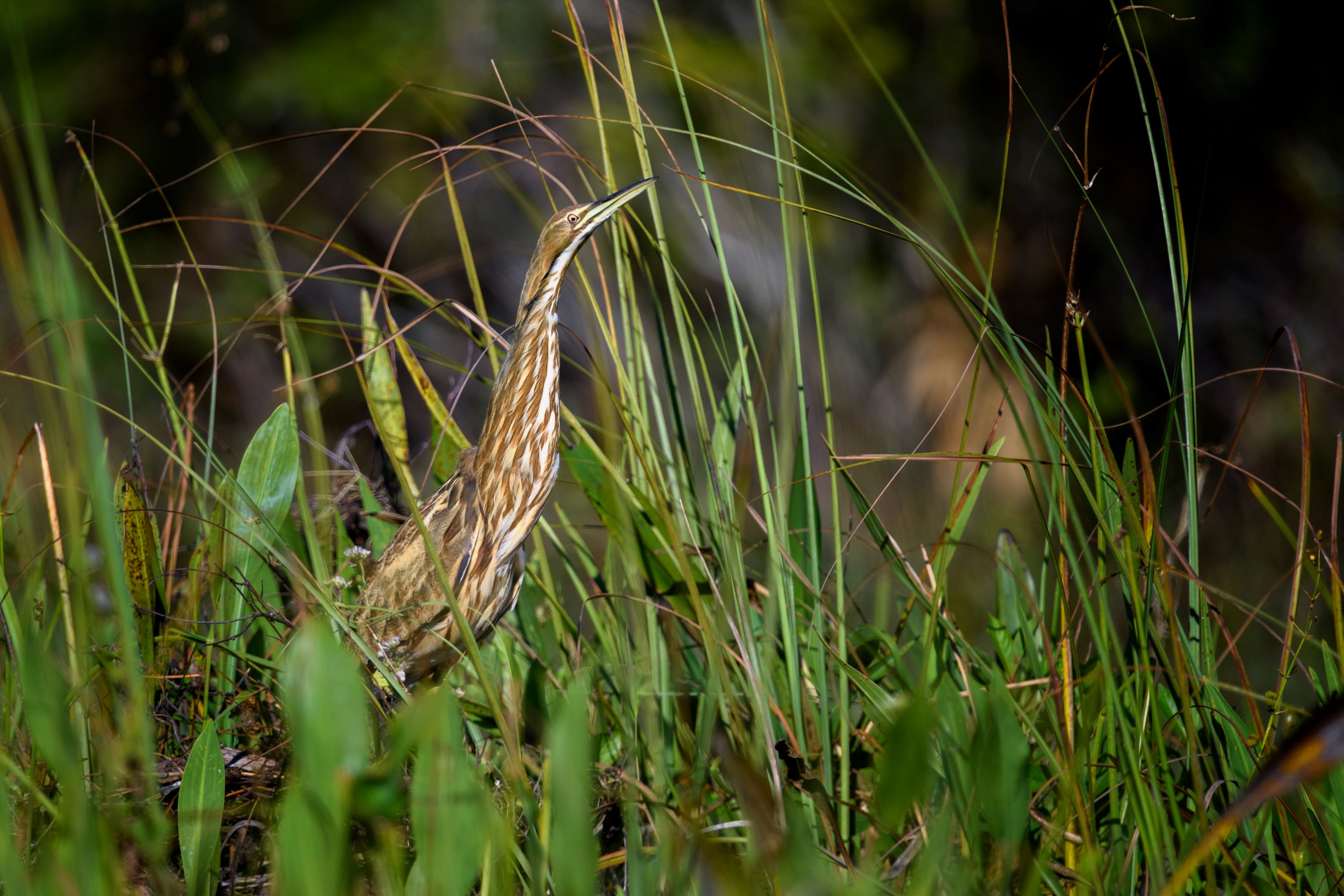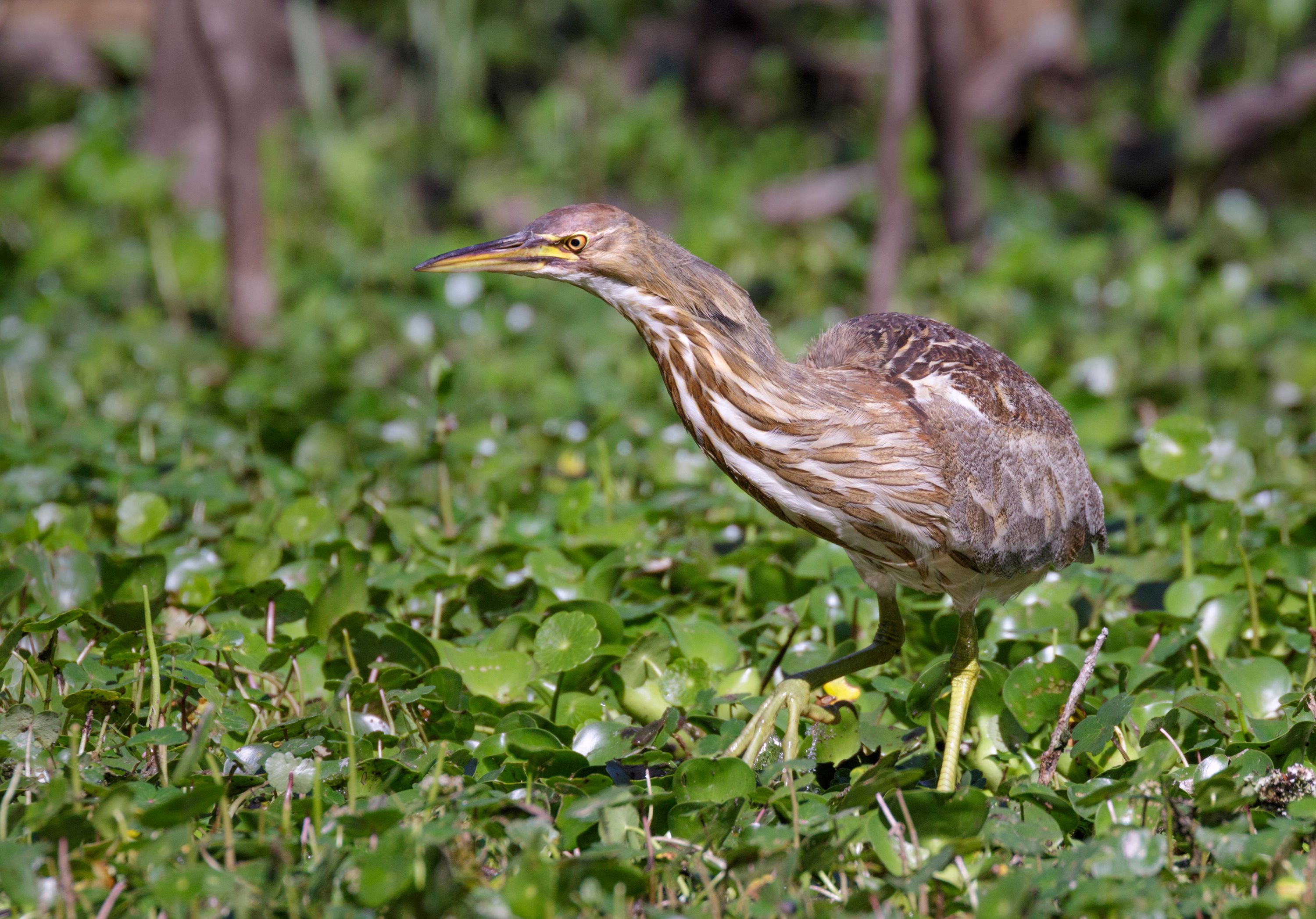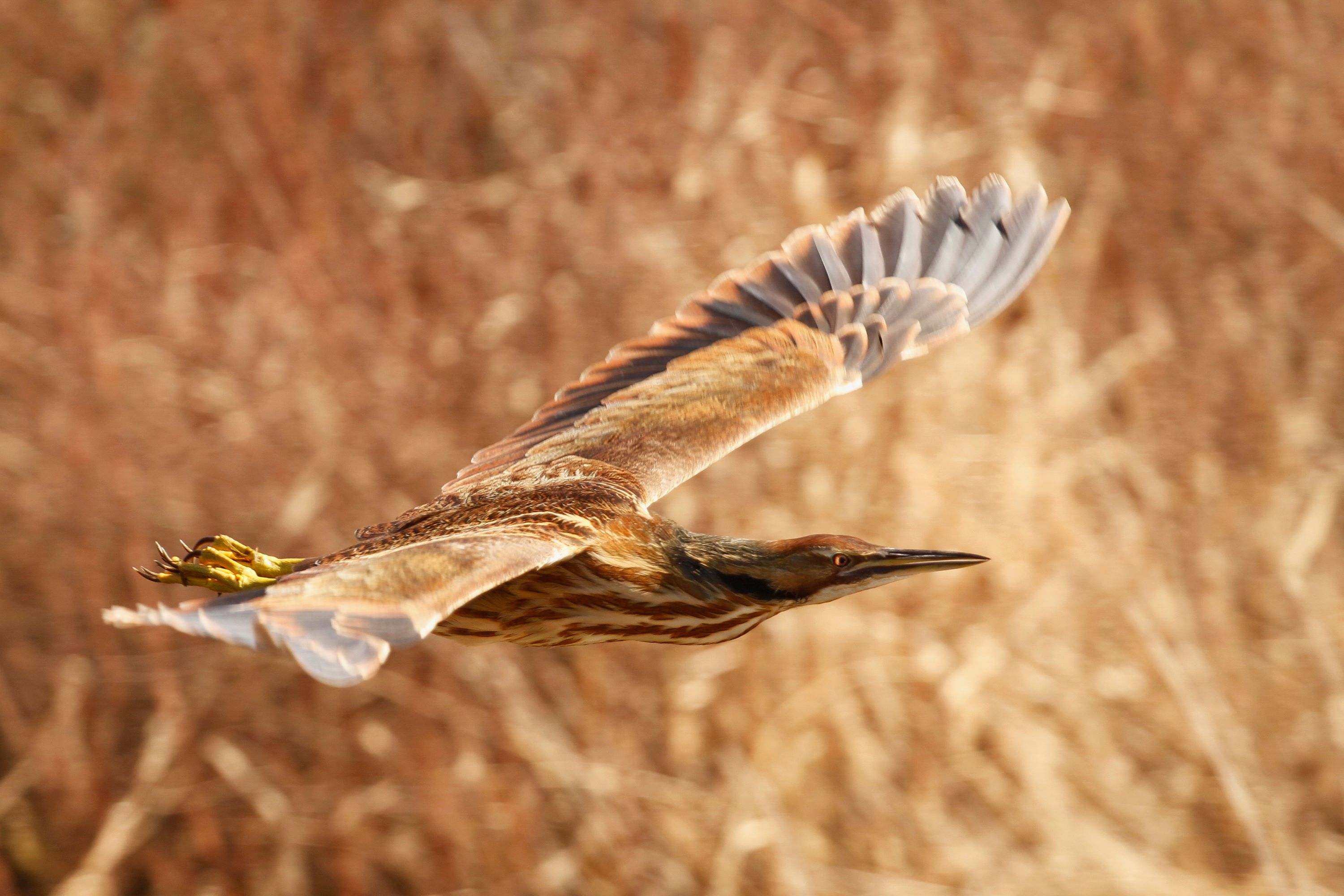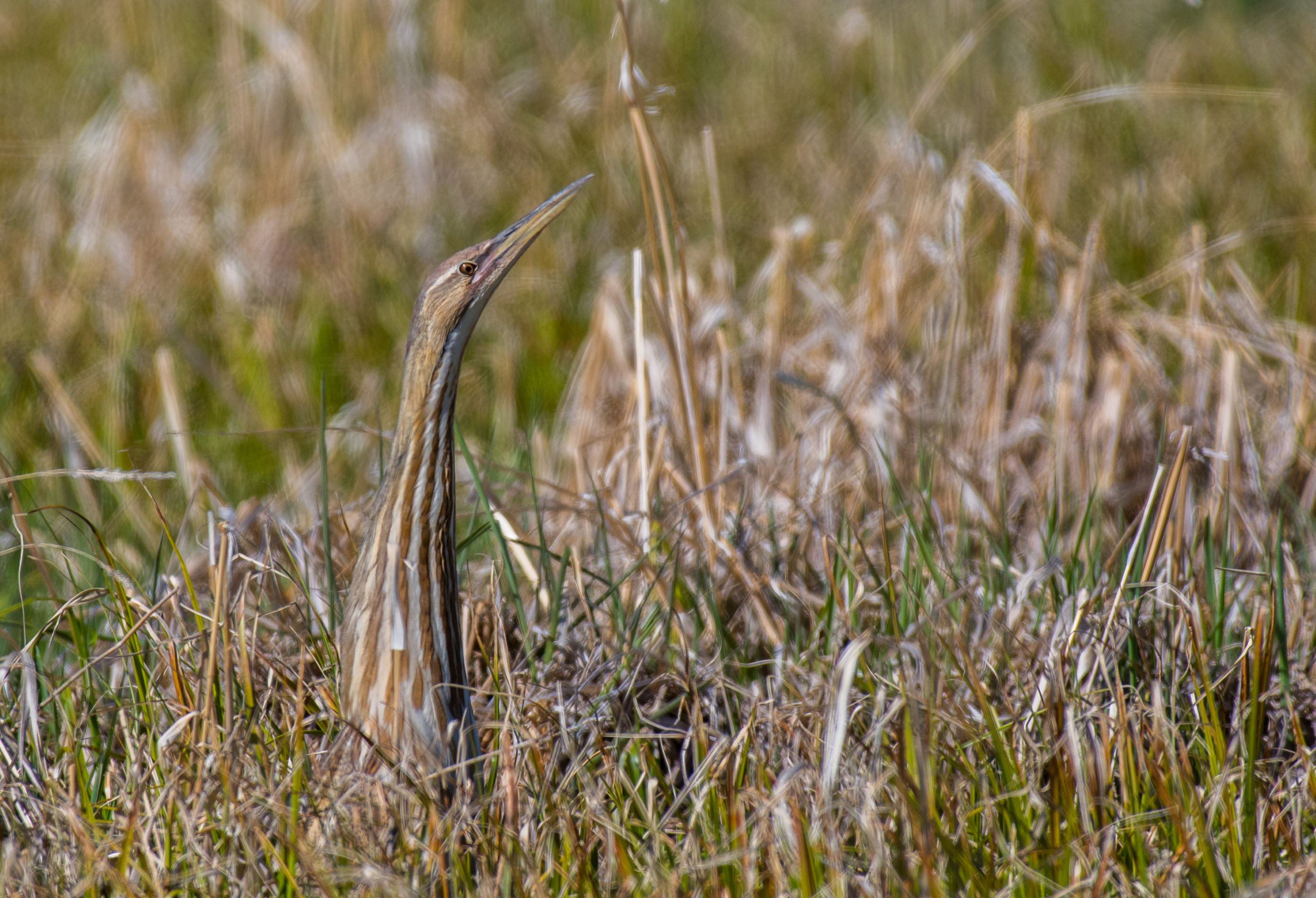
American Bittern: The Camouflaged Master of the Marshes
Introduction to the American Bittern
The American Bittern, scientifically known as Botaurus lentiginosus, is a fascinating and elusive bird belonging to the heron family, Ardeidae. Revered for its remarkable camouflage and secretive behavior, this medium-sized wading bird is a master of blending into its marshy habitat, making it a challenge and delight to spot for bird enthusiasts.
Physical Description
The American Bittern is known for its streaked brown plumage, which provides excellent camouflage in its reedy habitat. Standing about 60 to 85 cm tall, it has a stout body, a thick neck, and a relatively short but strong bill. Its eyes are positioned to give it binocular vision, a trait that aids in hunting. During flight, its broad wings and heavy flapping are characteristic, and its legs trail behind, in true heron family fashion.
Habitat and Range
This bittern primarily inhabits freshwater marshes and wetlands, where tall reeds and cattails are abundant. It is found throughout North America, from Canada to northern Mexico. The American Bittern prefers habitats with a mix of open water and dense vegetation, which provide cover for hunting and nesting.

Breeding and Nesting Habits
American Bitterns are solitary nesters, with each male establishing a territory in the spring. Nests are built among dense marsh vegetation and are typically close to the ground or water surface. Made from reeds and grasses, these platforms are well-concealed, keeping eggs and chicks hidden from predators.
Egg Laying and Incubation
The female lays 2 to 7 eggs, and she is solely responsible for their incubation, which lasts about 24 to 28 days. The eggs are a pale buff color and blend seamlessly with the marshland environment.
Chick Rearing and Parental Care
Bittern chicks are precocial, meaning they are relatively mature and mobile from the moment of hatching. However, they are still dependent on the mother for food. The female feeds the chicks for several weeks, and the young start to venture out of the nest soon after hatching, although they stay close to the nest site.

Feeding Behavior
The diet of the American Bittern primarily consists of fish, amphibians, insects, and small mammals. It hunts by standing still or walking very slowly, striking quickly with its bill to capture prey. This bittern is known for its unique hunting stance, where it points its bill upward, blending in with the reeds.
The American Bittern in Utah
In Utah, the American Bittern can be found in suitable wetland habitats, particularly during migration. They are most likely to be seen in areas like the Bear River Migratory Bird Refuge, where the marsh environment provides ideal conditions for feeding and nesting.
Vocalization and “Booming”
One of the most distinctive features of the American Bittern is its unusual vocalization, described as a low, resonant “booming” sound. This call, often heard during the breeding season, is used by males to establish territory and attract mates. The sound is produced by inflating the esophagus and is surprisingly loud, carrying well over the marshes.

Conservation Status
The American Bittern is currently listed as Least Concern by the IUCN. However, like many wetland species, it faces threats from habitat loss and degradation, particularly due to drainage of wetlands for agriculture and urban development. Conservation efforts focus on protecting and restoring wetland habitats to ensure the survival of this unique and secretive bird.
Conclusion
The American Bittern, Botaurus lentiginosus, is a remarkable bird, embodying the mysterious beauty and adaptability of marshland wildlife. While elusive and challenging to spot, the presence of this bittern in wetlands, including those in Utah, is a testament to the health and diversity of these ecosystems. Observing an American Bittern, whether in flight or camouflaged among the reeds, offers a rare glimpse into the intricate life of a bird uniquely adapted to the secretive marshland world.